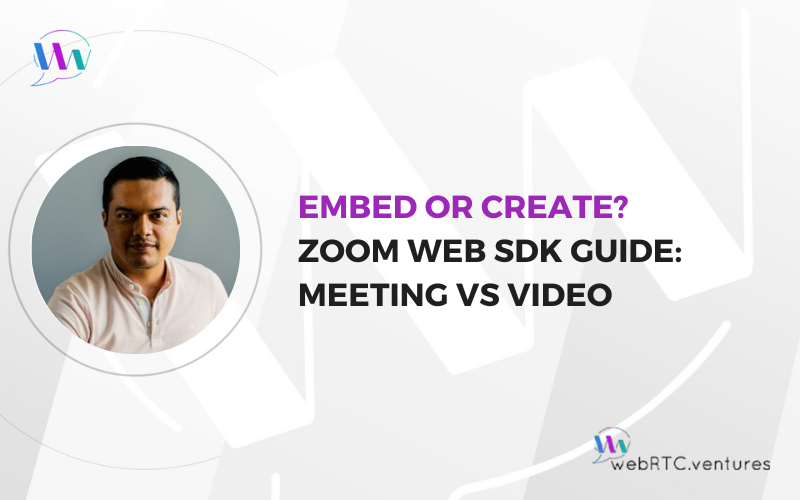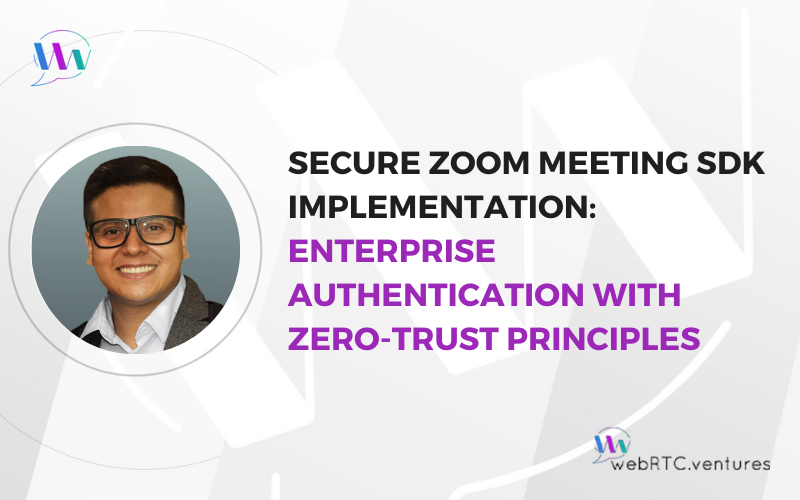Enterprise video SDK integrations frequently expose critical security vulnerabilities. Client-side secrets, unvalidated webhooks, and bypassed authentication layers create attack vectors that persist in production systems. These implementations typically function correctly during development, but fail security audits and present significant risks in enterprise environments. We’ve built a real-time

WebRTC VoIP systems enable voice calling directly through web browsers and mobile apps without requiring any software downloads or plugins. This makes them ideal for customer support platforms, telehealth consultations, sales calls, and any application where you want to add voice communication without asking people to install

If you’re looking to integrate Zoom into your web application, you have two main options: the Meeting SDK and the Video SDK. While both run in the browser, support popular frameworks like React, Vue, and Angular, and use JWT for authentication, they’re designed for very different purposes.

When WebRTC was first introduced by Google over a decade ago, it came with the promise of simplicity. “Just drop in a little JavaScript and you’ve got video chat in the browser with no downloads necessary!” While that vision helped kickstart a wave of innovation in real-time







